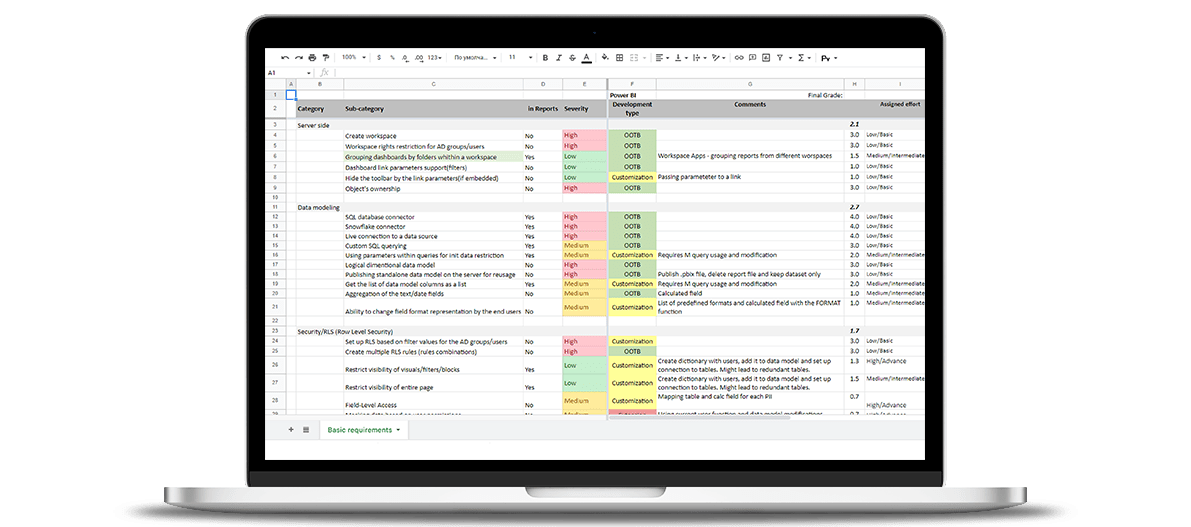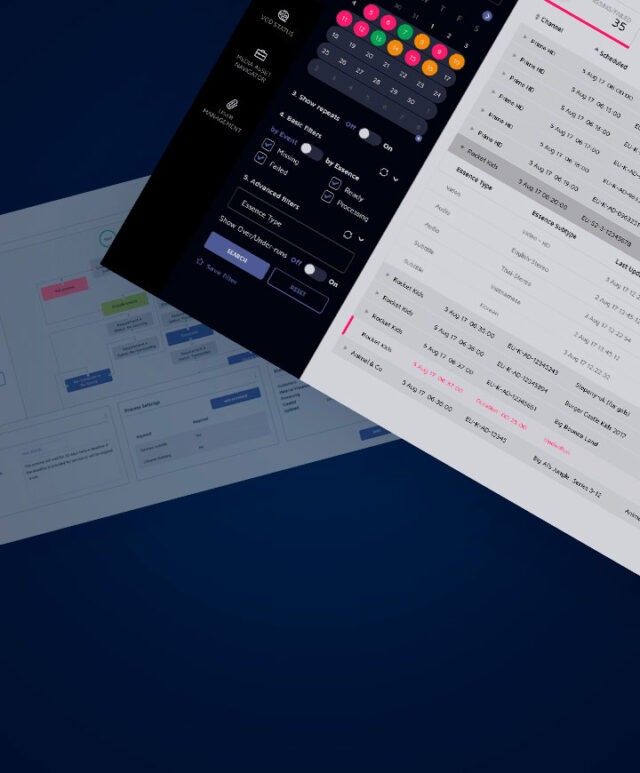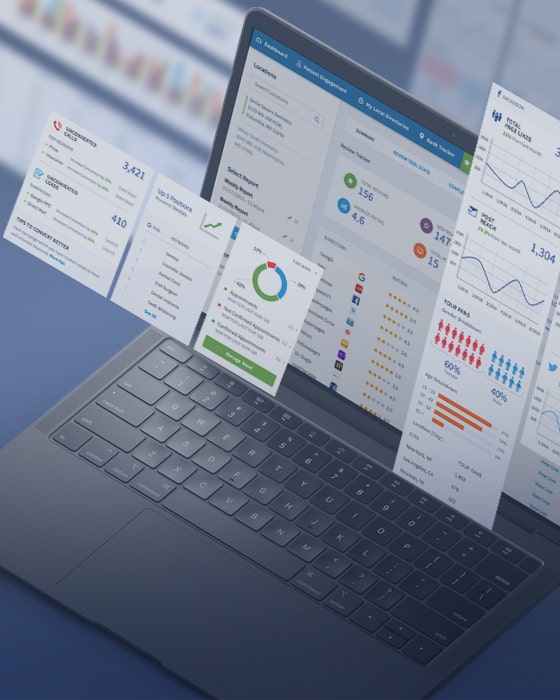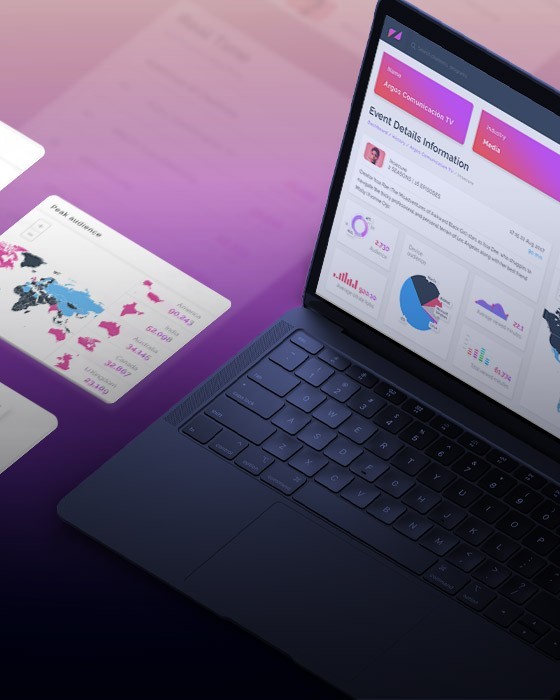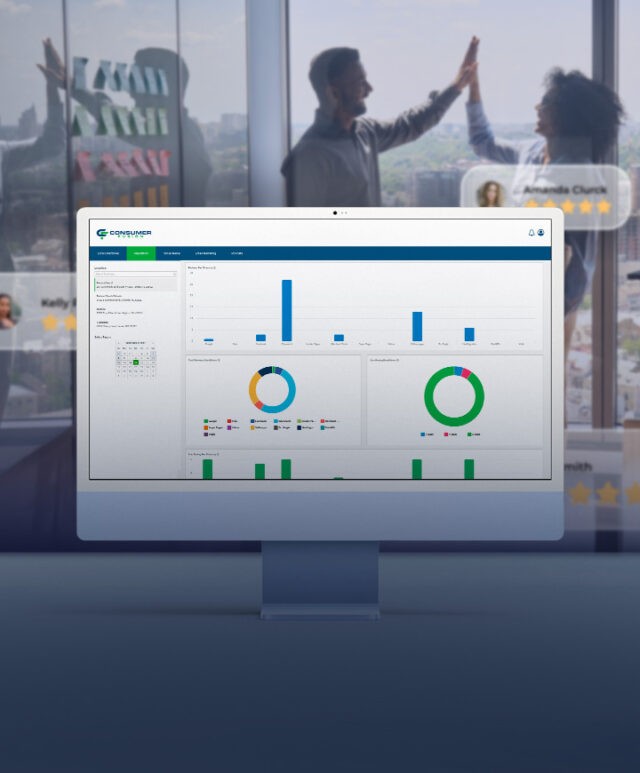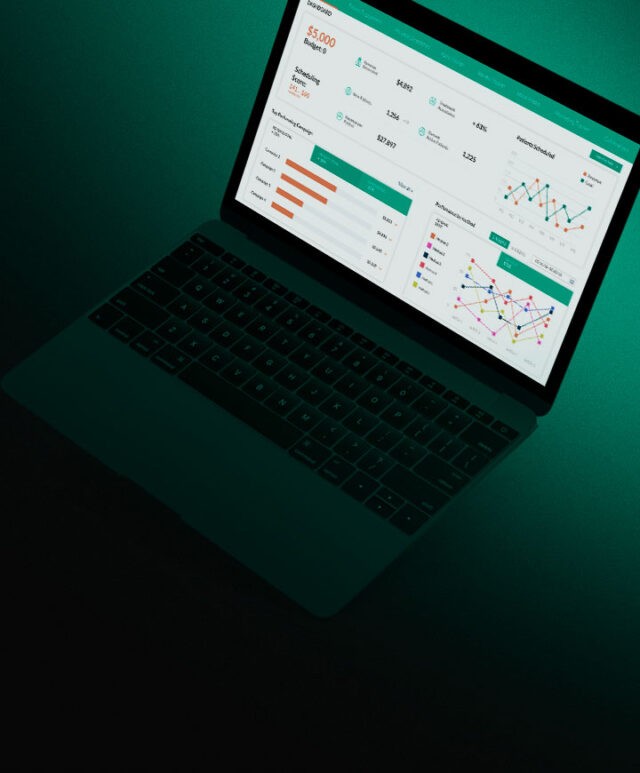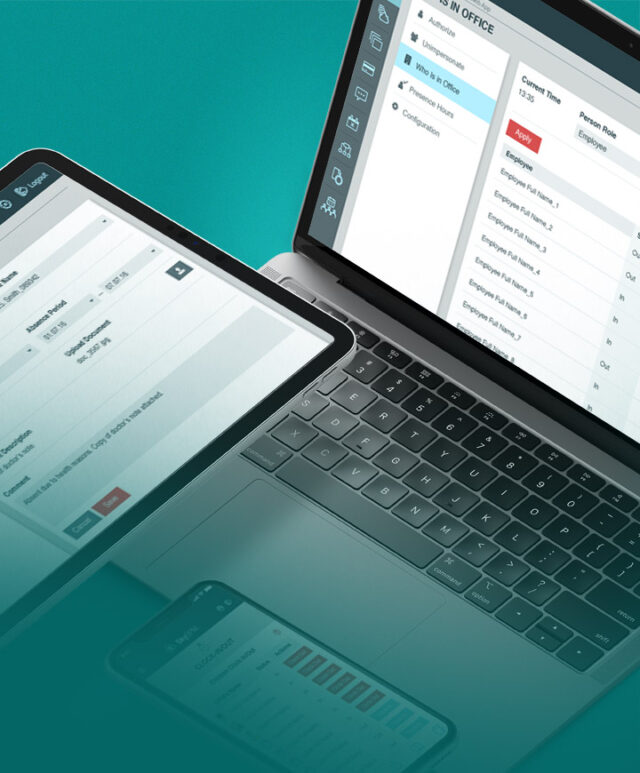Collection and analysis of requirements
First, Oxagile’s team accumulated all obligatory functions that should be transferred from the existing BI solution to the newly-made one.
Then, our experts made up the list of additional wants and needs, like bookmarking (create / apply / share), data export in different formats including pdf, csv, and excel, a report builder, interactive profile cards, custom visualizations, data modelling, etc.
Among the other tasks are:
- Defining whether a new BI solution will be embedded into another app or become a standalone service
- Specifying system capacity: a number of users and concurrent users, data volume, etc.
- Checking data source readiness and a data warehouse structure










